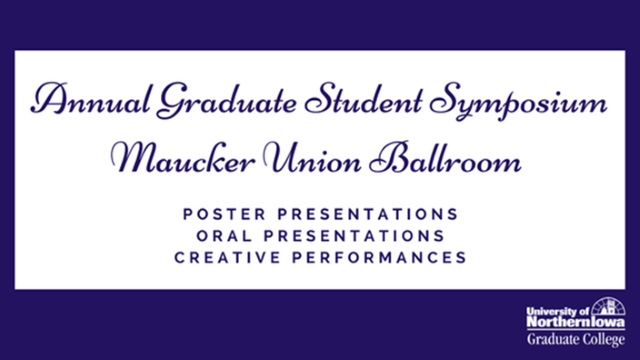
Complete Schedule
De Vos a Tú: Voseo to Tuteo Accommodation and Language Attitudes Among Central American International Students in the United States and Mexico
Award Winner

Recipient of the 12th Annual Graduate Student Symposium Scholarship Award, Oral Presentations, University Room - First Place (2019)
To go to the Graduate Student Symposium event page, Click here
Presentation Type
Oral Presentation
Keywords
Spanish language--Pronoun; Spanish Americans (Latin America);
Abstract
While usted is considered the formal second person singular pronoun in most Spanish dialects, vos and tú can have similar connotations as intimate or familiar second person pronouns. Even though tú is used in vernacular language in several countries such as Mexico and Spain, in most Central American dialects, only vos and usted are used in most domains. However, research has shown that, in intercultural environments, voseante speakers adjust this aspect of their language according to the speech style of Spanish speaking individuals who use tú. Yet, there is gap in this field since most of the research on voseo to tuteo accommodation in intercultural contact has been done with individuals who have permanently moved to another country (e.g. Salvadorans in Houston). As a result, in previous research participants were trying to adjust to the new culture by adopting the linguistic features of the dominant group of Spanish speakers (Sorenson 2013). This study addresses the same sociolinguistic phenomenon but targets a different group of voseante Spanish speakers: Central American international students who have studied in the United States and Mexico but plan to return to their home countries after graduation. Therefore, based on questionnaires with approximately twenty Central Americans, this research examines if this group of voseante Spanish speakers continue employing voseo, a linguistic characteristic associated with their homeland. Furthermore, if there is a high rate of accommodation to tuteo, what are the reasons behind such linguistic phenomenon?
Start Date
3-4-2019 1:00 PM
End Date
3-4-2019 4:00 PM
Year of Award
2019 Award
Faculty Advisor
Dr Joshua Gordon
Faculty Advisor
Dr. Elise DuBord
Department
Department of Languages and Literatures
Copyright
©2019 Jose Salinas
File Format
application/pdf
Embargo Date
4-30-2019
De Vos a Tú: Voseo to Tuteo Accommodation and Language Attitudes Among Central American International Students in the United States and Mexico
While usted is considered the formal second person singular pronoun in most Spanish dialects, vos and tú can have similar connotations as intimate or familiar second person pronouns. Even though tú is used in vernacular language in several countries such as Mexico and Spain, in most Central American dialects, only vos and usted are used in most domains. However, research has shown that, in intercultural environments, voseante speakers adjust this aspect of their language according to the speech style of Spanish speaking individuals who use tú. Yet, there is gap in this field since most of the research on voseo to tuteo accommodation in intercultural contact has been done with individuals who have permanently moved to another country (e.g. Salvadorans in Houston). As a result, in previous research participants were trying to adjust to the new culture by adopting the linguistic features of the dominant group of Spanish speakers (Sorenson 2013). This study addresses the same sociolinguistic phenomenon but targets a different group of voseante Spanish speakers: Central American international students who have studied in the United States and Mexico but plan to return to their home countries after graduation. Therefore, based on questionnaires with approximately twenty Central Americans, this research examines if this group of voseante Spanish speakers continue employing voseo, a linguistic characteristic associated with their homeland. Furthermore, if there is a high rate of accommodation to tuteo, what are the reasons behind such linguistic phenomenon?


